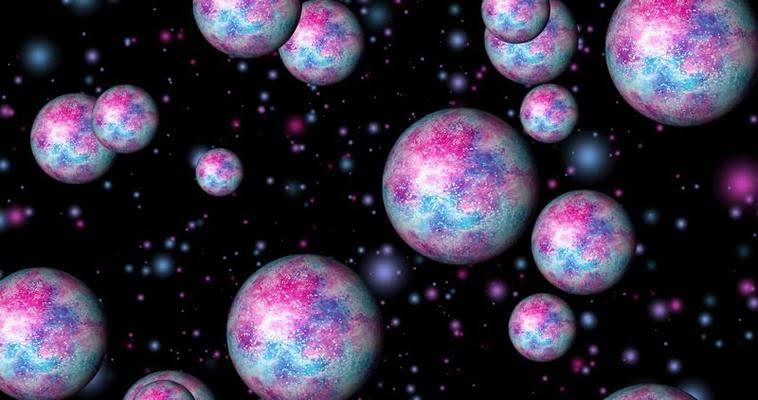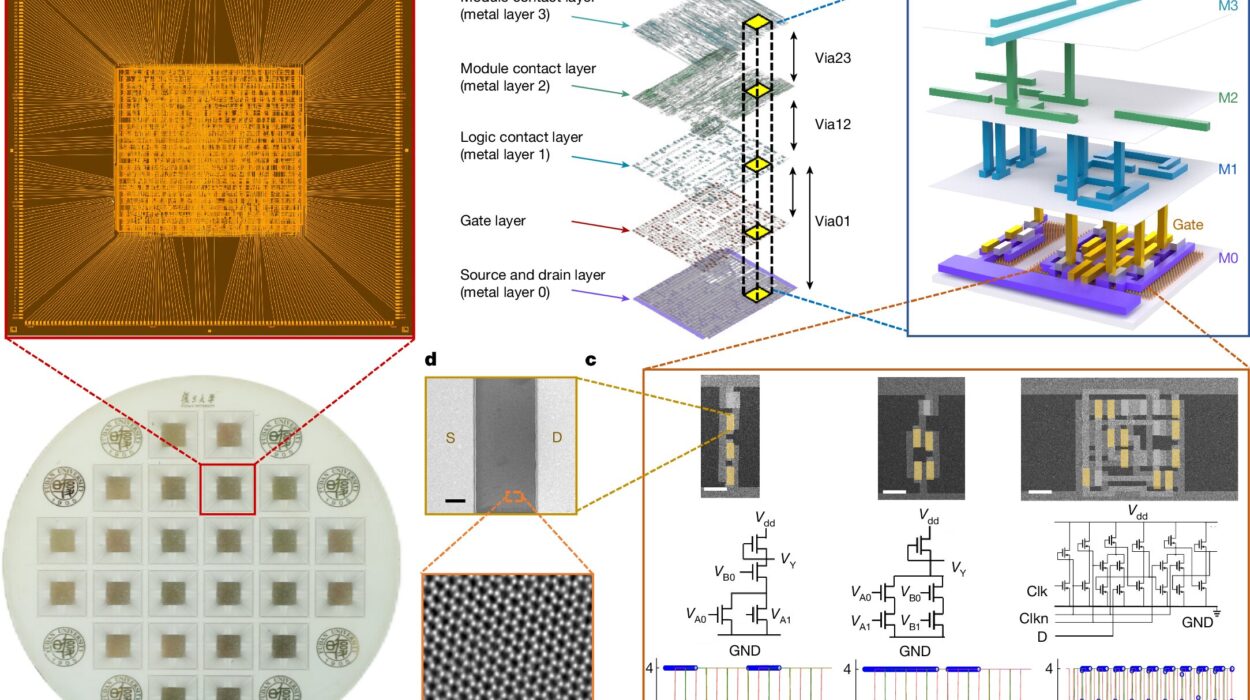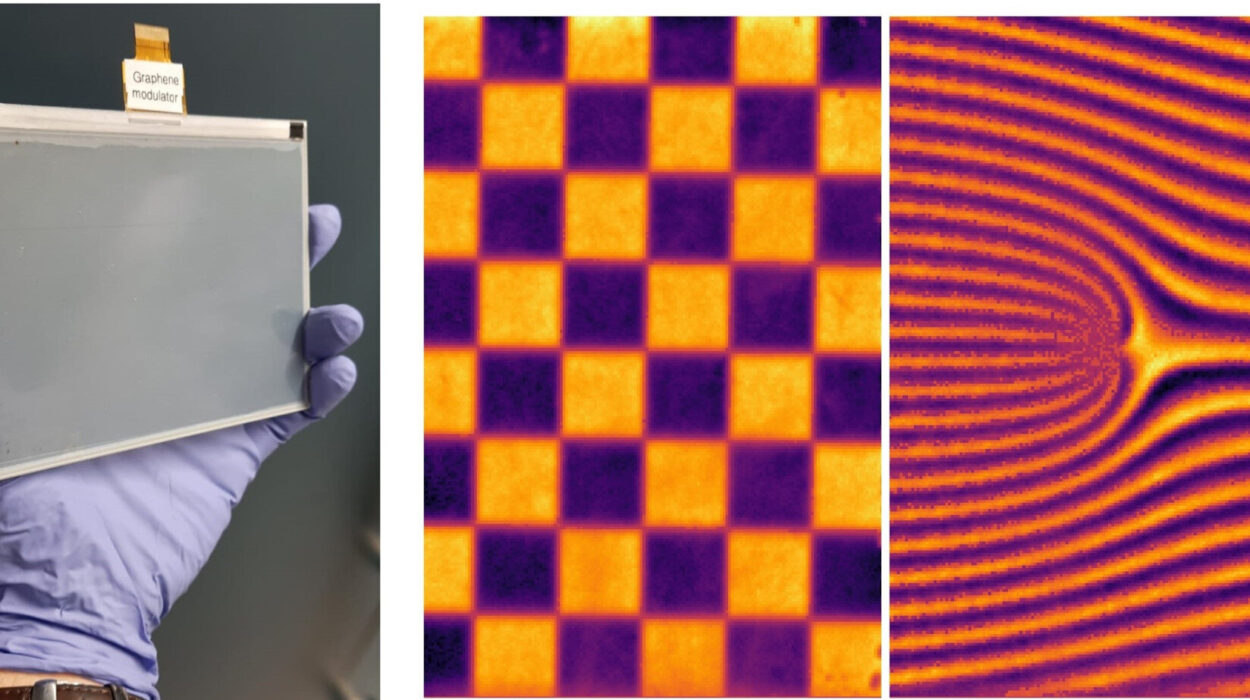In a quiet, high-tech laboratory nestled within Michigan State University, a discovery has emerged that shakes the foundations of what we thought we knew about the atomic nucleus. Scientists at the Facility for Rare Isotope Beams (FRIB) have revealed that cobalt-70—a fleeting, exotic isotope—can change its very shape based on minute shifts in its energy. The revelation, published in Nature Communications Physics, opens a new chapter in our understanding of how matter behaves under extreme conditions and how even tiny particles carry within them secrets that could change the way we view the universe.
This isn’t just a story about atoms or equations. It’s a story about nature’s hidden dualities—about how something so small can contain multitudes, shape-shifting in ways that defy our expectations. And it began not with an intention to study nuclear shape at all, but with a question about the stars.
From Stars to Structure: A Detour Turns into Discovery
Cade Dembski didn’t expect to land in the middle of a breakthrough when he joined Artemis Spyrou’s research group as an undergraduate at Michigan State. What began as a project rooted in astrophysical research, aimed at understanding the nuclear processes in stars, quickly took an unexpected turn.
“When we first started this project, it was motivated by the astrophysical side of nuclear science research, instead of focusing on nuclear structure,” said Dembski, now a Ph.D. student at the University of Notre Dame and the paper’s lead author. “As we continued with our data analysis, though, we couldn’t quite understand all of the patterns we were seeing.”
Those patterns—strange, elusive, yet persistent—pointed toward something more profound. The team realized that cobalt-70 wasn’t behaving like a typical isotope. Its behavior wasn’t just odd; it was revolutionary.
Cobalt-70: The Atomic Chameleon
At the heart of this discovery is an exotic version of cobalt, one of the lesser-known but structurally rich elements in the periodic table. Cobalt-70 is an isotope with an unusual number of neutrons, placing it far from the stable line of matter. It exists for mere fractions of a second before decaying. And yet, in that short lifetime, it told a story that could rewrite what scientists know about nuclear shape.
Using a specialized technique called Total Absorption Spectroscopy (TAS), the team was able to measure the total energy emitted during cobalt-70’s decay. Unlike smaller detectors that pick up isolated pieces of the puzzle, TAS allowed the researchers to gather the whole energy profile—a crucial advantage when exploring nuclear shape.
“Most people think of the nucleus as a sphere,” explained Sean Liddick, associate professor of chemistry and nuclear science lead at FRIB. “But the reality is far more complex. In certain cases, nuclei can shift into elongated or flattened forms. And sometimes—remarkably—different shapes can exist in the same nucleus at nearly the same energy.”
This rare phenomenon, known as shape coexistence, was precisely what cobalt-70 demonstrated.
A Mirror Between Chromium and Nickel
When the scientists bombarded a stationary target with high-energy beams and tracked the resulting isotopes through their decay paths, what they found was astonishing. Cobalt-70 appeared in both a spherical and a deformed shape—effectively two different structural identities—separated by only a hair’s breadth of energy. Such a small gap, among the tiniest ever recorded for shape coexistence, sent shockwaves through the nuclear physics community.
And yet, it fit into a broader narrative of how nuclear shapes evolve. Cobalt-70 lies on the map of isotopes between deformed chromium isotopes and the more spherical nickel isotopes. In a way, cobalt-70 acts as a transition point—a mirror reflecting two different atomic realities depending on which side you observe from.
“We want to understand the shape of the nucleus as a function of its proton and neutron numbers,” said Liddick. “In regions where shape coexistence happens, we see a lot of structural change over just a few protons or neutrons. Cobalt-70 gives us a perfect example of this kind of rapid evolution.”
The Tools That Made It Possible
At the center of the experiment was the Summing NaI Detector (SuN), a massive barrel-shaped device built for exactly this kind of work. Originally developed at the National Superconducting Cyclotron Laboratory, SuN measures the total energy from all the gamma rays emitted by a decaying nucleus.
“In using TAS, we are using a large-volume detector. The goal is not to identify every single gamma ray’s energy but rather sum all the energy coming from the decay,” said Artemis Spyrou, professor of physics and one of the lead scientists on the project. “This is the advantage of our technique, because if we want to pay attention to particles that exhibit shape coexistence, we need to really chart the whole path of their decay.”
The team’s approach—using SuN in tandem with precise analysis—revealed the structural secret that smaller detectors would have missed. It was a reminder that sometimes, to see the whole picture, you have to step back and look at the sum rather than the parts.
Beyond the Lab: Why Shape Coexistence Matters
It may seem like an abstract curiosity—an atomic nucleus toggling between two shapes—but shape coexistence is much more than an academic fascination. It serves as a powerful testbed for nuclear models, helping physicists refine their understanding of the fundamental forces that hold matter together. These models are essential not only for understanding atoms on Earth but also for unraveling the nuclear processes that power stars, explode in supernovae, and create the elements we depend on.
“This work had a roundabout way of getting to this very pure nuclear structure project,” said Dembski. “By the time we did get to focus on it, I was very invested in it. I could see it having a significant role in my career.”
For Dembski and the entire team, the cobalt-70 discovery isn’t just a scientific milestone—it’s a testament to the unexpected beauty of research. It’s what happens when questions about stars lead to revelations about the very building blocks of matter.
A New Lens on the Universe
The story of cobalt-70 is a microcosm of what science is all about: exploration, surprise, and the joy of discovery. In a nucleus that barely exists for more than a blink, scientists uncovered a universe of complexity. Shape coexistence isn’t just a quirk of nuclear structure—it’s a reminder that the universe is more intricate than it appears, and that even the tiniest particles carry within them the capacity for change, for contradiction, and for wonder.
As researchers continue to explore the landscape of rare isotopes at FRIB, one thing is clear: the atomic world is full of surprises. And sometimes, the smallest particles tell the biggest stories.
Reference: Cade Dembski et al, Extreme shape coexistence observed in 70Co, Communications Physics (2025). DOI: 10.1038/s42005-025-01998-2






